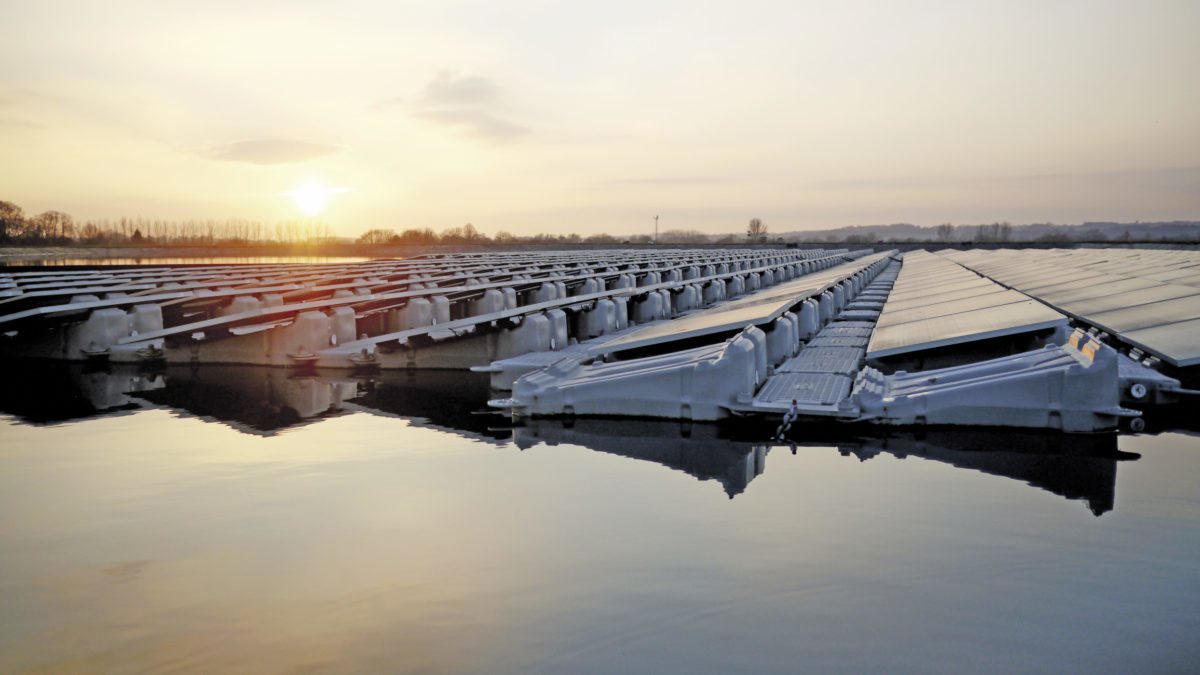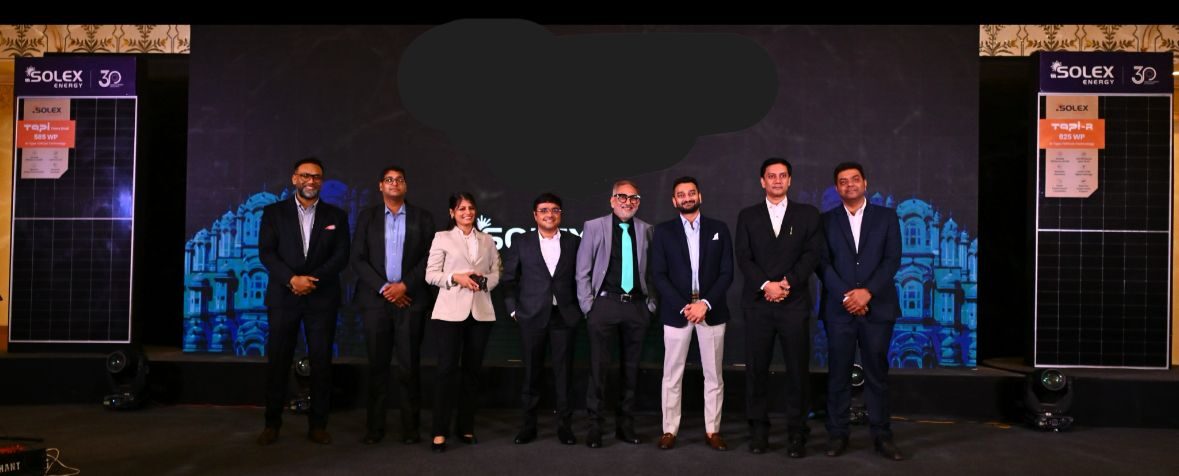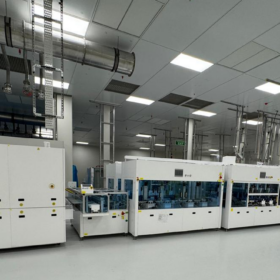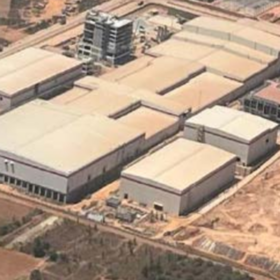Considering the high solar irradiance of the region, NHPC has proposed the blending of hydropower with solar power in the Union territory of Ladakh.
The state-run hydropower giant plans to develop a 50 MW solar project in Ladakh at Phyang along with three hydropower projects at other locations (80 MW at Khalsi, Kanyunche 45 MW and Takmaching 30 MW).
The plans were discussed between NHPC CMD A.K. Singh and Lt Governor of Ladakh R.K. Mathur in a recent meeting in New Delhi. The meeting was held to discuss NHPC’s proposals and ways to implement various identified hydro and solar power projects in the Leh-Ladakh region.
During the discussion, Singh intimated the Lt Governor about the achievement of NHPC in harnessing hydropower potential of the Ladakh region by commissioning 45 MW Nimmo Bazgo project in Leh and 44 MW Chutak project in Kargil.
In hybrid systems, PV plants can be mounted either on the slope of the dam or as a floating plant on the surface of the reservoir. Time and efforts are minimized as the solar plant can be connected to the hydropower facility’s substation and feed the same grid.
Further, “The flexibility of operation of hydro reservoir based power plants and their current connection to grids facilitates a “virtual battery” consisting of supplying the electricity demand with solar energy during peak irradiation hours, while balancing grids with hydropower during low/no irradiation times and providing a zero impact area for PV power plant deployment. The PV power plants also could prevent water evaporation, further benefiting hydropower production and water conservation”—according to an Elsevier paper “Combining Floating Solar Photovoltaic Power Plants and Hydropower Reservoirs.
India’s union territory of Ladakh—which has a peak electricity demand of 50 MW—has the massive solar potential of around 60 GW (including 35 GW in Leh and 25 GW in Kargil district).
This content is protected by copyright and may not be reused. If you want to cooperate with us and would like to reuse some of our content, please contact: editors@pv-magazine.com.









Using “Floating” PV Panels on the “calm waters” of the Resevoirs of a HydroElectric Plant to Generate Electricity & Pump Water in day (when it has a pumped storage option) makes a lot of sense if the resevoir is lit by the sun.
• During the day the PV Panels would Generate Electricity and Pump water from the Storage Resevoir below. Excess Power would flow in the Grid to supplemt it.
• When the sun is not shining on the PV Panels (evening & nite..) the HydroElectric System/Resevoir would Generate Power…. and Charge the Storage/Resevoir below.
• This would provide 24/365 Electricity at Night and Daytime if there is surplus available.
In case of the 1,000MWe Tehri Dam in Uttarakhand, it has a Resevoir Area of 50km2….
• The Resevoir can easily accomodate a 3-4,000MW PV Panels using only 15-20km2 of its Surface Area…
• 1000MW can be used to Pump water up into the Resevoir (as it is now designed as a Pumped Storage Facility) in the Day… and Generate the same at night…by discharging the Water to the Turbine /Storage Resevoir below…. 365 days of the year… 4TWhr/yr.
• The PV System would also send the balance 2-3,000MW into the Grid during the Day…. providing 7-10TWhr/yr.
• The present System/Resevoir is expected to generate 3TWhr/yr… •
• By installing the additional Floating PV Panels…. it would now Generate 11-14TWhr/yr … using the SAME RESEVOIR…. or upto about 5 Times its present Capacity.
• If ALL 50GW HydroElectric Facilities around the country are similarly upgraded to 250GW or 600-750TWhr/yr…. (Nite Time Storage of 200TWhr/yr) it would still not be enough to support the (~20%) NightTime Energy Storage needs of a 15TW (18,000TWhr/yr) Zero Pollution National Energy System…
• This “Energy Storage Gap” will have to met by other Options / Solutions.
• Compressed Air/Hydro Energy Storage Systems working in Tandem with AgriVoltaics, in the 650,000 Villages of India, can readily achieve this providing 24/365 Electricity to meet ALL ENERGY NEEDS of India…. and with ZERO POLLUTION.